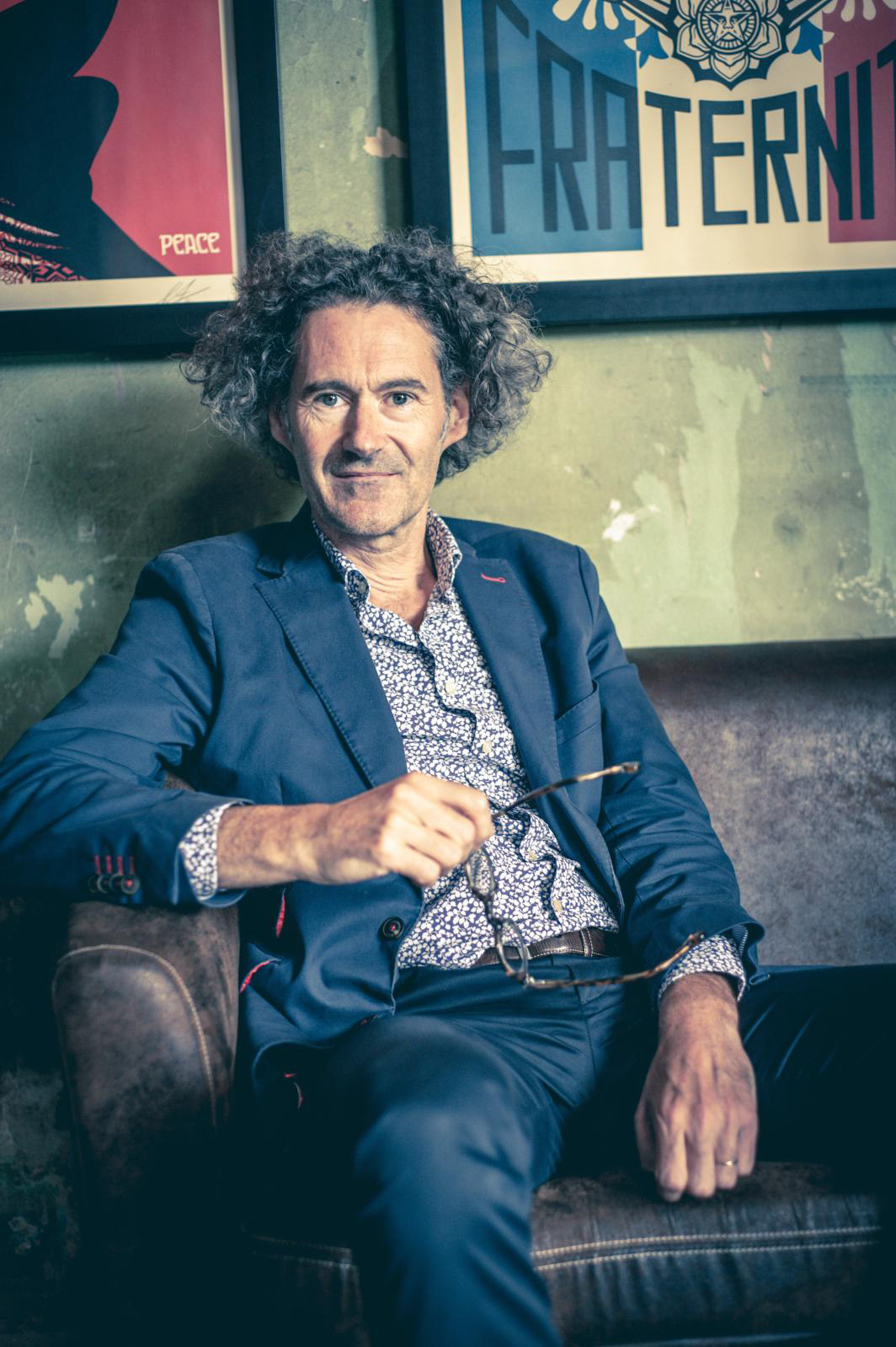by Stéphanie Pioda
How would you define street art in 2022?
That's hard to say, as it takes so many forms. The way in which I would best identify street art is the importance of its relationship to outdoor space, to architecture, to the street, in cities and the countryside alike, regardless of any technical aspects—spray paint, stencils, collage and so on—though this does not preclude a logical connection with an artwork created in the studio as a counterpart.
If artists cut ties with the street and limit themselves to the studio, do they change "status"?
I think the label sticks, albeit reluctantly. Some try to detach themselves from it, but when artists start out on the street, their work is still imbued with its energy and often maintains graffiti references. The boundaries are blurred because they have not been defined by the institutions, which in the beginning could talk about land art, contextual art or situationist art. It is the market that has invented the term "street art". And then we have to recognize that these artists are contemporary, so maybe we could call them "contempurban" artists? The importance of most works lies in the context, which someone like Levalet has fully grasped. But we know that there is also a certain self-censorship, which takes precedence over various subjects that are no longer accessible, to avoid shocking the majority of ordinary people and being censored in social media. Maybe this is where artists need to be more incisive, more rebellious, a little bolder, to perpetuate the original spirit of urban art.
Click here to read more
That's hard to say, as it takes so many forms. The way in which I would best identify street art is the importance of its relationship to outdoor space, to architecture, to the street, in cities and the countryside alike, regardless of any technical aspects—spray paint, stencils, collage and so on—though this does not preclude a logical connection with an artwork created in the studio as a counterpart.
If artists cut ties with the street and limit themselves to the studio, do they change "status"?
I think the label sticks, albeit reluctantly. Some try to detach themselves from it, but when artists start out on the street, their work is still imbued with its energy and often maintains graffiti references. The boundaries are blurred because they have not been defined by the institutions, which in the beginning could talk about land art, contextual art or situationist art. It is the market that has invented the term "street art". And then we have to recognize that these artists are contemporary, so maybe we could call them "contempurban" artists? The importance of most works lies in the context, which someone like Levalet has fully grasped. But we know that there is also a certain self-censorship, which takes precedence over various subjects that are no longer accessible, to avoid shocking the majority of ordinary people and being censored in social media. Maybe this is where artists need to be more incisive, more rebellious, a little bolder, to perpetuate the original spirit of urban art.
Click here to read more





